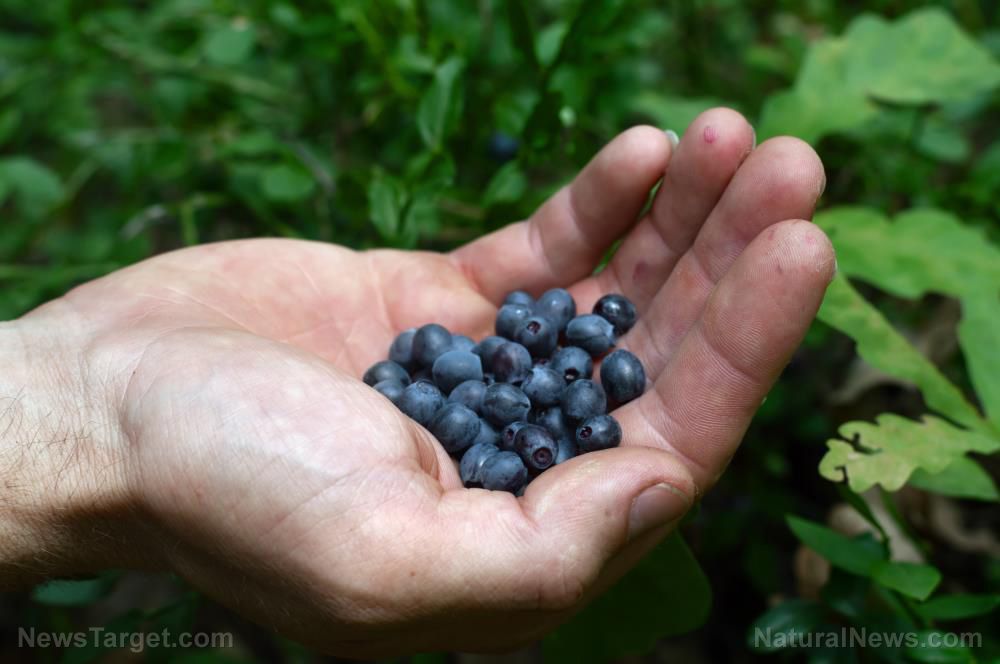
Advertisement
Vegetables are an important part of a balanced diet. But not all veggies are created equal, and some pack a more nutritional punch than others.
Despite their bitter taste and strong odor, vegetables under the Brassica genus of plants often stand out among other plants because of their reported health benefits. Most of these benefits can be attributed to their high amounts of glucosinolates. These are sulfur-containing compounds found in broccoli, Brussels sprout, spinach, cabbage and kale.
Brassicas are also hailed for their incredible nutrition profiles that feature a number of essential nutrients including folate, potassium, iron, manganese, calcium and vitamins A, C and E. Brassicas also boast potent plant compounds capable of fighting harmful free radicals, pathogens and cancer cells.
Health benefits of brassicas
Brassicas’ nutrients, glucosinolates and other plant compounds are thought to be important for generating a long list of health benefits. Here’s a look at some of the science-backed benefits of these potent superfoods:
1. Fight cancer
Brassicas’ cancer-fighting abilities might be one of their most popular health benefits, and for good reason: there’s more than enough science to back it up. These anticancer properties are often attributed to sulforaphane, a kind of glucosinolate that’s most abundant in broccoli, and its role in stopping tumor cells from replicating. Sulforaphane is also capable of inducing apoptosis or programmed cell death in cancer cells.
2. Support heart health
Higher consumption of brassicas has been linked to a reduced risk of heart disease and stroke. Experts speculate that this relationship might be attributed to sulforaphane and its role in blood pressure control.
3. Fight depression and stress
Sulforphane has also been found to dampen stress-related inflammation in the brain that can trigger depression and other mood disorders. The effect is similar to that of antidepressant drugs.
4. Enhance brain function
Brassicas also contain high amounts of choline, an essential nutrient for brain health. Together, choline and sulforaphane help boost brain functions and protect the brain from inflammation that can lead to dementia. Choline has also been found to stimulate the production of neurons.
5. Reduce the risk of diabetes
Eating brassicas can also help regulate blood sugar because of sulforaphane’s antidiabetic effects. Sulforaphane, in particular, inhibits excessive glucose production in the liver that happens as a result of insulin resistance.
6. Aid in detoxification
Sulforaphane also aids in the liver’s natural detoxification process. It stimulates cells to produce detoxification enzymes that eliminate carcinogens, toxins, pollutants and other impurities.
7. Relieve pain
Some animal studies found that sulforaphane helped stall the painful destruction of cartilage in joints due to osteoarthritis in mice. Broccoli sprout extract has also been observed to reduce pain and inflammation in rats.
How to eat brassicas
Can’t stand the taste of brassicas? Don’t fret. Brassicas can be an acquired taste to some people. To reap their health benefits, consider these methods for preparing and eating brassicas:
- Shred red cabbage and toss them into a salad to add crunch and color.
- In a pan, blister Brussels sprout greens and toss them into a salad. Blistering helps reduce the bitterness of the greens.
- Eat brassica greens right after adding an acidic dressing. Letting them marinate for long is considered a form of cooking, and it might cause nutrients to leech out of the greens.
- Eat raw broccoli and cauliflower florets with a mild-tasting dip to mask some of the bitterness. Yogurt is a great choice for this.
- Grate fresh horseradish root on top of food.
Love them or hate them – there’s no doubting the goodness of brassicas. Eat them as part of a balanced diet to reap their numerous health benefits.
Sources:
Advertisements







